Barcoding of German spiders
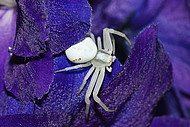
Veränderliche Krabbenspinne Misumena vatia (Foto: H.Höfer)
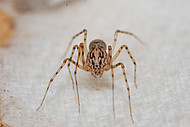
Speispinne Scytodes thoracica (Foto: H.Höfer)
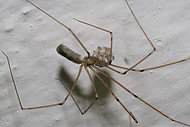
Zitterspinne Pholcus phalangioides (Foto: H.Höfer)
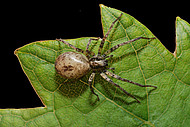
Zartspinne Anyphaena accentuata (Foto: H.Höfer)
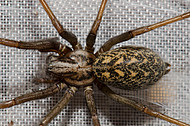
Hausspinne Tegenaria atrica (Foto: H.Höfer)
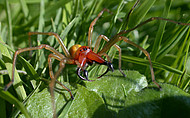
Dornfinger Cheiracanthium punctorium (Foto: H.Höfer)
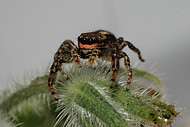
Rinden-Springspinne Marpissa muscosa (Foto: H.Höfer)
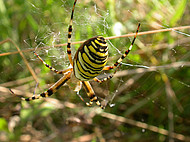
Wespenspinne Argiope bruennichi (Foto: H.Höfer)
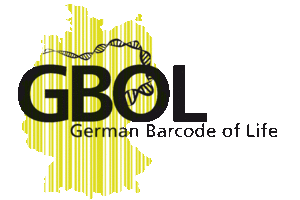
In the GBOL Project (GBOL - German Barcode of Life) a consortium of several collection holding and biodiversity research institutes has started to characterize the species of animals, fungi and plants occurring in Germany by DNA barcodes. The objective is to build an identification system based on traditional (mostly morphological) traits and digital DNA strings. DNA barcoding is believed to enable a massive improvement in the capacity to recognize, monitor and manage biodiversity with profound societal and economic impacts. All partners contribute their professional taxonomic expertise and existing infrastructure (collections, databases, platforms and laboratories), to sample, identify, sequence, catalogue and archive most German species in the GBOL database and in the Global Barcode of Life Data system (BOLD).
In a first three-year phase we will inventory the German spiders (Araneae). The whole project is funded by the German Federal Ministry of Education and Research (BMBF) and is coordinated by Prof. Wägele and his staff at the Zoological Museum Alexander König in Bonn. The spider project is organized by Dr. Holstein of the State Museum of Natural History at Stuttgart. The arachnological working group at the museum in Karlsruhe contributes analysable identified material together with metadata for species occurring in southwest Germany originating from their regular faunistic-ecological inventories. GBOL seaks for collaboration of voluntary people with good species knowledge in several taxa. Contact: GBOL All photos © H. HöferSelected Publications
- Astrin J. J., Höfer H., Spelda J., Holstein J., Bayer S., Hendrich L., Huber B. A., Kielhorn K.-H., Krammer H.-J., Lemke M., Monje J. C., Morinière J., Rulik B., Petersen M., Janssen H., Muster C. (2016):
-
Towards a DNA barcode reference database for spiders and harvestmen of Germany.
PLOS ONE 11: e0162624

- Höfer H., Astrin J., Holstein J., Spelda J., Meyer F. & Zarte N. (2015):
-
Propylene glycol – a useful capture preservative for spiders for DNA barcoding.
Arachnologische Mitteilungen 50: 30-36

- Muster C., Astrin J., Höfer H., Holstein J. & Spelda J. (2015):
-
GBOL offers a comprehensive perspective on spider mitochondrial diversity in Germany.
Programme and Abstracts 29th European Congress of Arachnology – Brno 2015 , Brno: 123


Dr. Hubert Höfer, Dipl.-Biol.
Phone: +49 721 175 2826
E-Mail: hubert.hoefer[at]smnk.de






